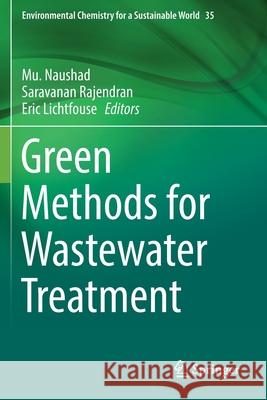Green Methods for Wastewater Treatment » książka
topmenu
Green Methods for Wastewater Treatment
ISBN-13: 9783030164294 / Angielski / Miękka / 2020 / 292 str.
Green Methods for Wastewater Treatment
ISBN-13: 9783030164294 / Angielski / Miękka / 2020 / 292 str.
cena 605,23
(netto: 576,41 VAT: 5%)
Najniższa cena z 30 dni: 578,30
(netto: 576,41 VAT: 5%)
Najniższa cena z 30 dni: 578,30
Termin realizacji zamówienia:
ok. 22 dni roboczych
Dostawa w 2026 r.
ok. 22 dni roboczych
Dostawa w 2026 r.
Darmowa dostawa!
Kategorie:
Kategorie BISAC:
Wydawca:
Springer
Seria wydawnicza:
Język:
Angielski
ISBN-13:
9783030164294
Rok wydania:
2020
Wydanie:
2020
Numer serii:
000466533
Ilość stron:
292
Waga:
0.43 kg
Wymiary:
23.39 x 15.6 x 1.65
Oprawa:
Miękka
Wolumenów:
01
Dodatkowe informacje:
Wydanie ilustrowane











